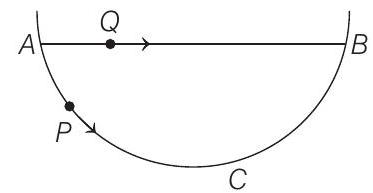Kinematics 6 Question 6
6. A particle
(1993, 2M)
Then

(a)
(b)
(c)
(d)
Show Answer
Answer:
Correct Answer: 6. (a)
Solution:
- For particle






